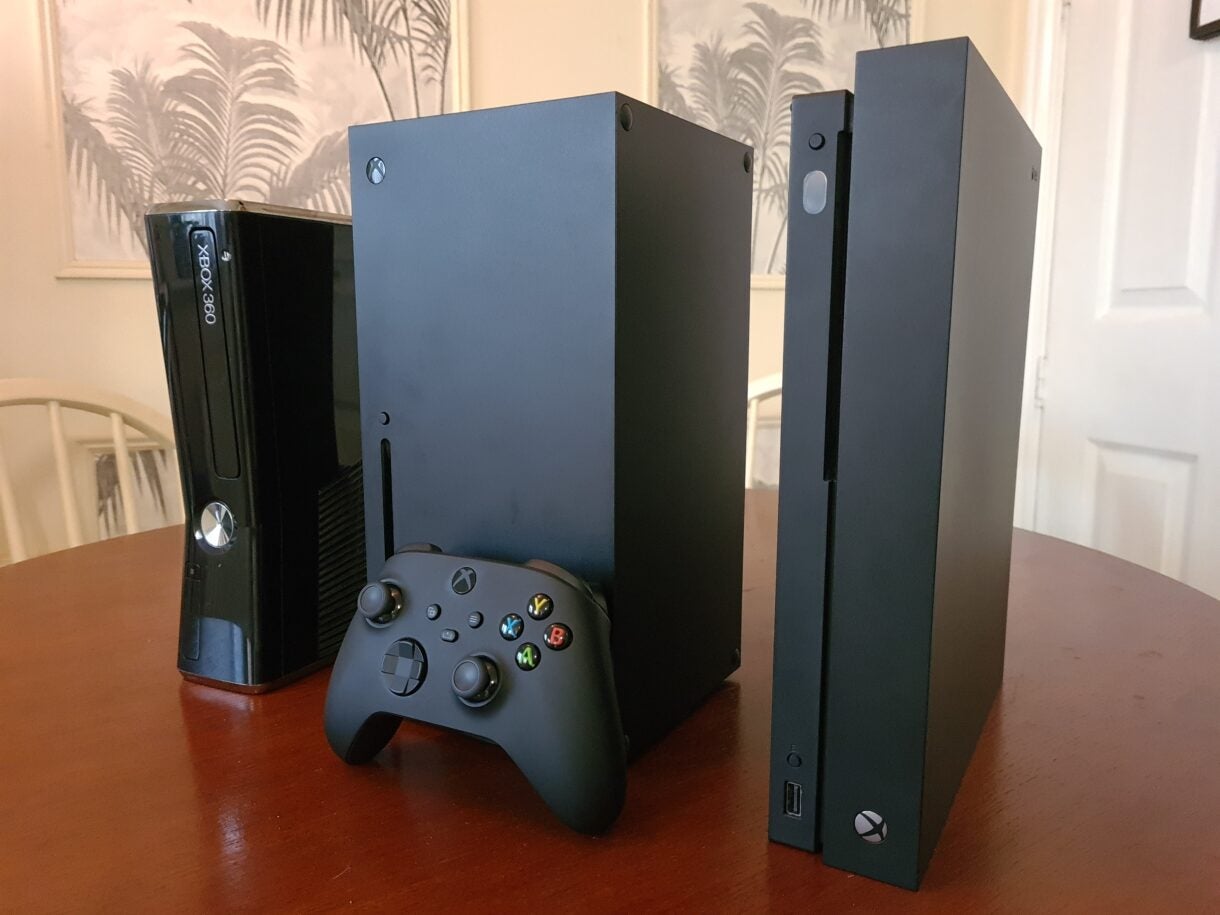
XBOX ONE S SERIES 1080P
On the resolution side of things, quality mode is a clear Xbox One X win - dynamic 4K plays dynamic 1080p running at 30fps, albeit with frame-pacing problems on both systems. Halo Infinite? There's the sense that the game was designed to get the most out of Xbox One X as it has both 30fps quality and 60fps performance modes.
XBOX ONE S SERIES SERIES
Series S has an edge in shadow and texture quality, but Xbox One X undoubtedly produces a better-looking result. We're talking about a 1440p to 1890p image that holds up well on a 4K display. An option to unlock the frame-rate is available on S, but only offers limited gains to the point where sticking with the 30fps cap is probably the best option - and Xbox One X has the same 30fps cap with a much higher rendering resolution. We're getting a 1080p30 version of the game on S with a temporally stable but soft quality image. Guardians of the Galaxy, for example, is an impressive-looking game, but the Series S version undoubtedly disappoints. In the meantime, the comparisons between One X and Series S are intriguing. Watch on YouTubeġTB 5400rpm HDD (Samsung T7 SSD used for testing) The whole notion of an extended cross-gen phase seems to have effectively blessed Xbox One X with an Indian summer of sorts, extending its lifespan - but its demise is inevitable once this bizarre transition period is over.Ī deep dive into the great cross-gen comparison - Xbox Series S vs Xbox One X, the legacy console augmented with SSD storage. However, image quality tends to suffer, even on Microsoft titles such as Forza Horizon 5 and Halo Infinite. The takeaway? Series S delivers higher frame-rates and - for the most part - faster loading.
XBOX ONE S SERIES UPGRADE
We took an Xbox One X augmented with a Samsung T7 USB SSD and put it up against Series S in a range of cross-gen games and backwards compatible titles, plus we ran some loading time tests to see if the optional solid-state storage upgrade could help bridge the gap in loading times and in-game streaming. The video embedded in these parts shows the entirety of our testing, but the overall takeaway is straightforward. And by extension, we also need to be aware that One X and Series S target very, very different markets: we're talking about a machine designed for the hardcore up against a console designed for a more mainstream audience, less likely to desire the clarity delivered by 4K resolution and higher-end rendering features.

Of course, we have Series machines replacing One equivalents and it's Xbox Series X that is the successor to Xbox One X - the clue's in the name. The results are intriguing and in many way controversial - but this could apply to the whole concept of launching Series S in the first place in a world where a prior generation Xbox exists with more GPU horsepower, more RAM and much higher levels of memory bandwidth. However, Xbox One X can also run games from SSD, leading our latest thought experiment: how does a storage-enhanced One X fare against Series S? This puts Xbox One X and Xbox Series S into a particularly interesting situation: an older, but still potent GPU faces off against a less graphically adept, but arguably more rounded machine owing to its massively faster CPU and NVMe solid-state storage.

Although there have been a small amount of PlayStation 5 and Xbox Series exclusive, the new consoles are essentially getting beefed up versions of titles designed for legacy hardware. The first year of the new console generation has been quite unlike any other - Xbox One and PlayStation 4 releases are still prolific and the hard cut-off on older hardware seen in prior transition phases simply hasn't happened.


 0 kommentar(er)
0 kommentar(er)
